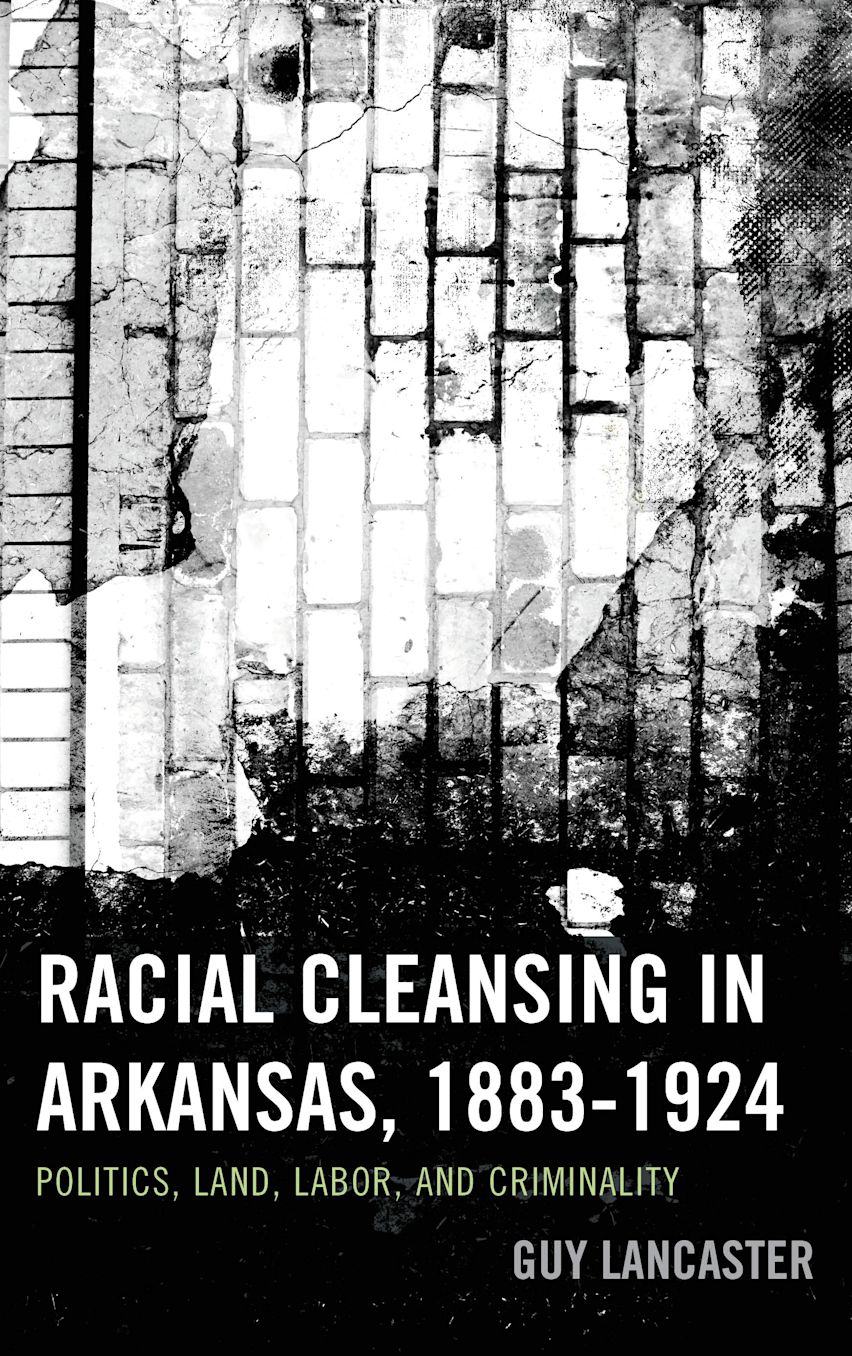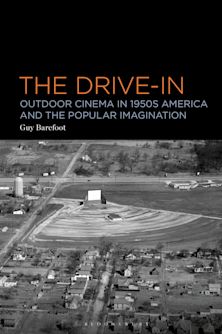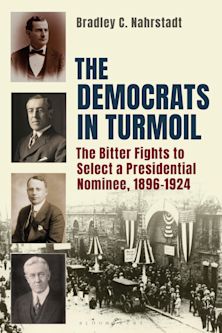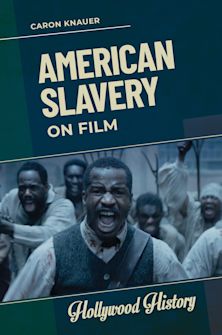- Home
- ACADEMIC
- History
- United States History
- Racial Cleansing in Arkansas, 1883–1924
Racial Cleansing in Arkansas, 1883–1924
Politics, Land, Labor, and Criminality
Racial Cleansing in Arkansas, 1883–1924
Politics, Land, Labor, and Criminality
You must sign in to add this item to your wishlist. Please sign in or create an account
Description
Even before the end of Reconstruction in Arkansas, the state already possessed a long-standing reputation for violence, including lynchings, duels, and feuds. However, the years following Reconstruction witnessed the creation of new forms of mob violence. All across the state, gangs of whites sought to drive African Americans from their homes, their jobs, and their positions of authority, creating communities shamelessly advertised as “100% white.” This happened not only in the highland regions, the Ozarks and the Ouachitas, where the expulsion of African Americans created so-called “sundown towns,” but it also occurred in the low-lying Delta lands of eastern Arkansas, where cotton was king and where masked mobs of landless “whitecappers” and “nightriders” regularly dealt terror and murder to black sharecroppers.
Racial Cleansing in Arkansas, 1883–1924: Politics, Land, Labor, and Criminality by Guy Lancaster is the first book to examine the phenomenon of racial cleansing within the context of one particular state, illustrating how violence relates to geography and economic development. Lancaster analyzes the wholesale expulsion of African Americans and the emergence of “sundown towns” together with a survey of more limited deportations, including those with blatant political goals as well as vigilante violence. The book has broader implications not only for the study of Southern and American history but also for a deeper understanding of ethnic and racial conflict, local politics, and labor history
Table of Contents
Racial Cleansing in Arkansas, 1883–1924: Politics, Land/Labor, and Criminality.
Introduction
a. Plan of the Book
b. The Implications of This Research
c. Acknowledgements
Politics
a. Conway County
b. Amity
c. Limited Expulsions from Marion and Forrest City
d. Conclusion
Land/Labor
a. Railroads and Racial Cleansing
b. Dead Lines and Black Homes
c. Whitecapping and Industry in Northeastern Arkansas
d. Timber Industry in Southern Arkansas and the Ouachita Mountains
e. Coal Mining and the Bonanza Race War of 1904
f. Racial Cleansing in Agriculture
g. Conclusion
Criminality
a. Green County, Reconstruction–1892
b. Lonoke County, 1897–1898
c. Cotter, 1906
d. Harrison, 1905 and 1909
e. Various Pope County Incidents of the 1910s
f. Hickory Ridge, Circa 1910
g. Catcher, 1923–1924
h. Conclusion
Unknown and Multivalent Causes
a. Benton County
b. Evening Shade, 1906
c. Salem, Circa 1907
d. Buffalo Island
e. Mena and Polk County
f. Conclusion
Conclusion
Bibliogr
Product details
| Published | 30 Jul 2014 |
|---|---|
| Format | Ebook (Epub & Mobi) |
| Edition | 1st |
| Extent | 186 |
| ISBN | 9780739195482 |
| Imprint | Lexington Books |
| Illustrations | 4 b/w photos; |
| Series | New Studies in Southern History |
| Publisher | Bloomsbury Publishing |
About the contributors
Reviews
-
Lancaster provides a fascinating account that holds the potential to inform broader audiences about southern and American exclusionary racial practices that still exist today, albeit in a different form. He reminds us of the historical violence that undergirds what some would claim are simply the natural, neutral and self-selecting contemporary spatial divisions along racial lines.
Political Studies Review
-
On very rare occasions a book appears that is about a subject that is new territory not only to the book world but to the historical record for the most part. Such is the case for Guy Lancaster’s Racial Cleansing in Arkansas, 1883-1924, easily one of the most important Arkansas history books to appear in quite a few years. It breaks new ground. . . .Not only is it a critical addition to your Arkansas history collection but individual readers may well look to their library to provide them access to this important story from Arkansas’s past. Accurate history is not just the story of pleasant events. It is the historian’s responsibility to report the good, the bad, and the ugly episodes in order to tell the entire story. It is incumbent on libraries to provide access to that full history for their students and readers.
Arkansas Libraries
-
This book will be an important resource for historians in plotting many incidents we have not heard of, while it will convince those not aware of this history that white supremacy and racial violence fundamentally shaped Arkansas. . . .This book should be read . . . in order for us to realize the full extent and legacy of racial violence in America.
Arkansas Historical Quarterly
-
This provocative and well-researched book is a noteworthy contribution to Southern historiography, . . .Scholars of labor and the South will discover new dimensions of the history and politics of white supremacy in this book.
Labor Studies Journal
-
Historian Guy Lancaster's fascinating . . . study on racial expulsion in Arkansas during the early Jim Crow era presents a compelling exploration of an understudied topic.
Journal of Southern History
-
Logically organized, clearly written and easily readable, this book deconstructs a temporal (1883 to 1924) and spatial (state, county, city) social movement to establish 'whites-only' counties and cities therein throughout Arkansas. . . .As an African American female born, raised, educated and employed for eighteen years as a college geography instructor, Lancaster’s book resonated with me . . . This historical text, when integrated with historical geography theory, themes, and methods has unique potential to make race relations discourse more place-specific, to make natural resource management economic development policy and practice more racially equitable in Arkansas and to serve as a place-based research model and laboratory for similarly situated states.
Historical Geography

ONLINE RESOURCES
Bloomsbury Collections
This book is available on Bloomsbury Collections where your library has access.



































